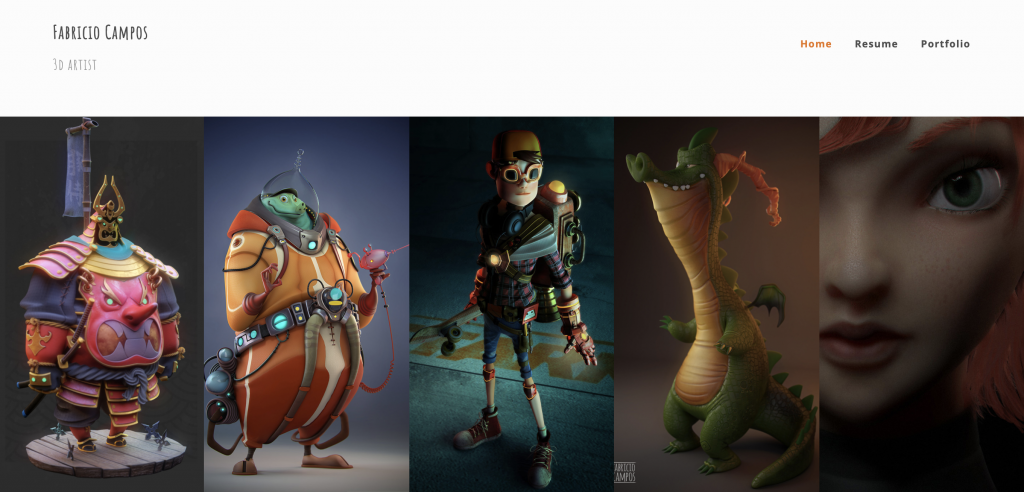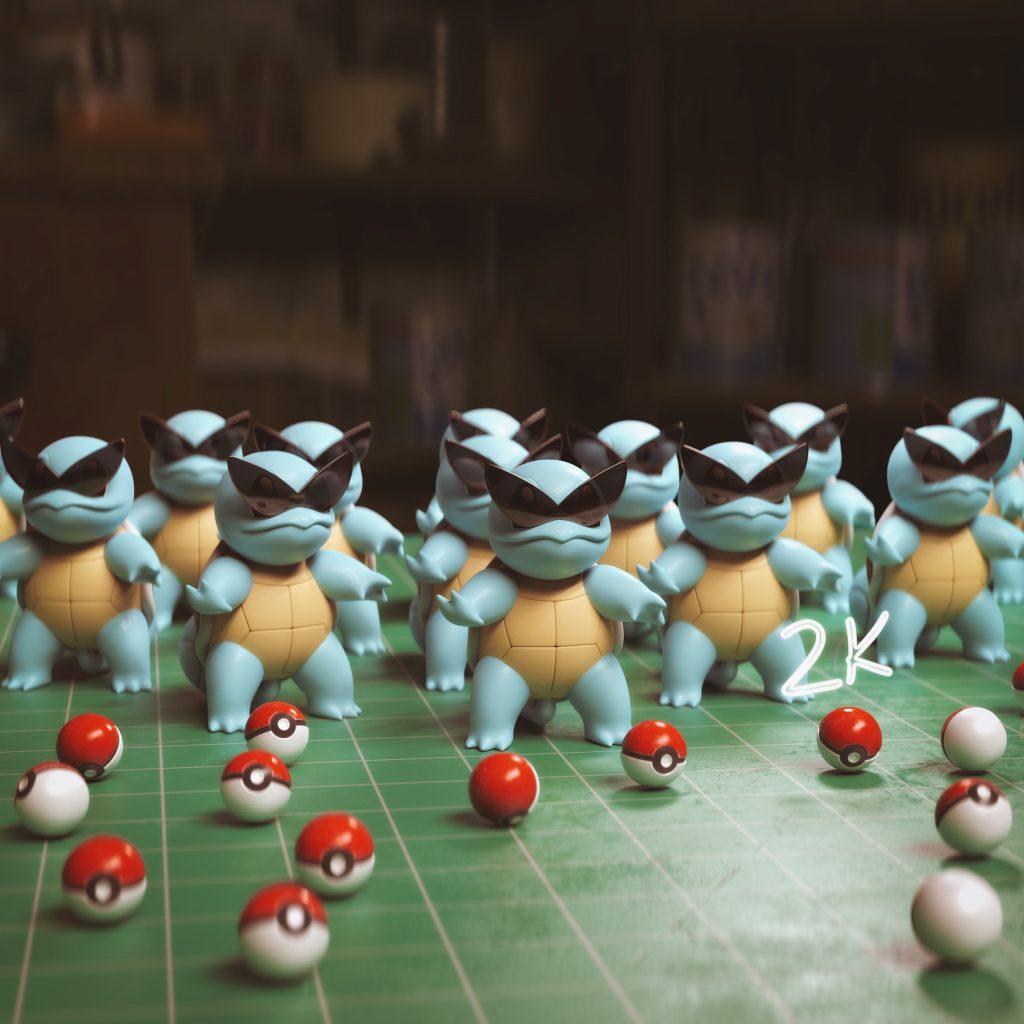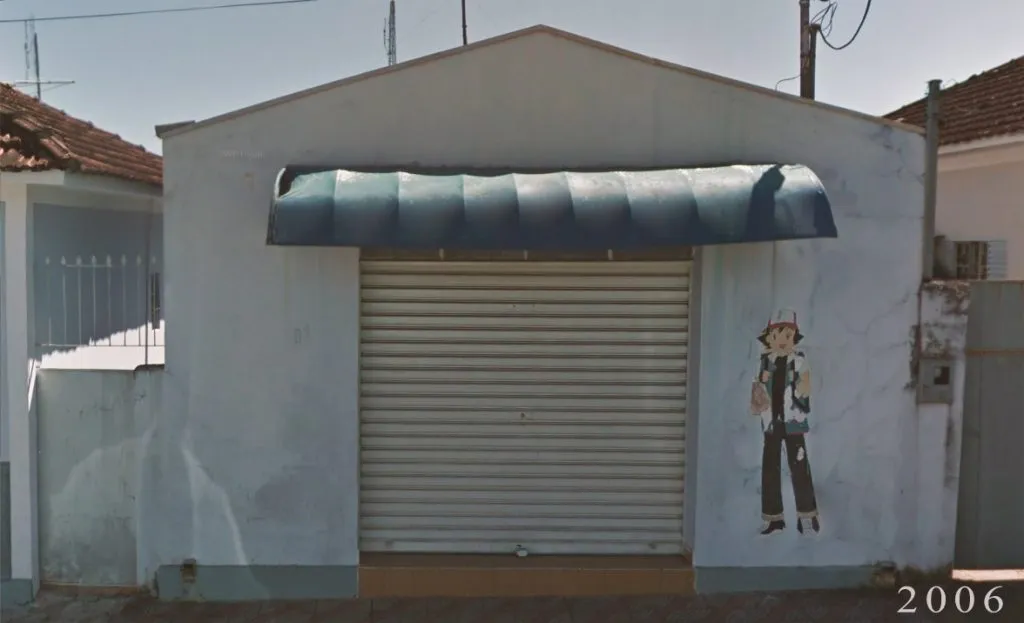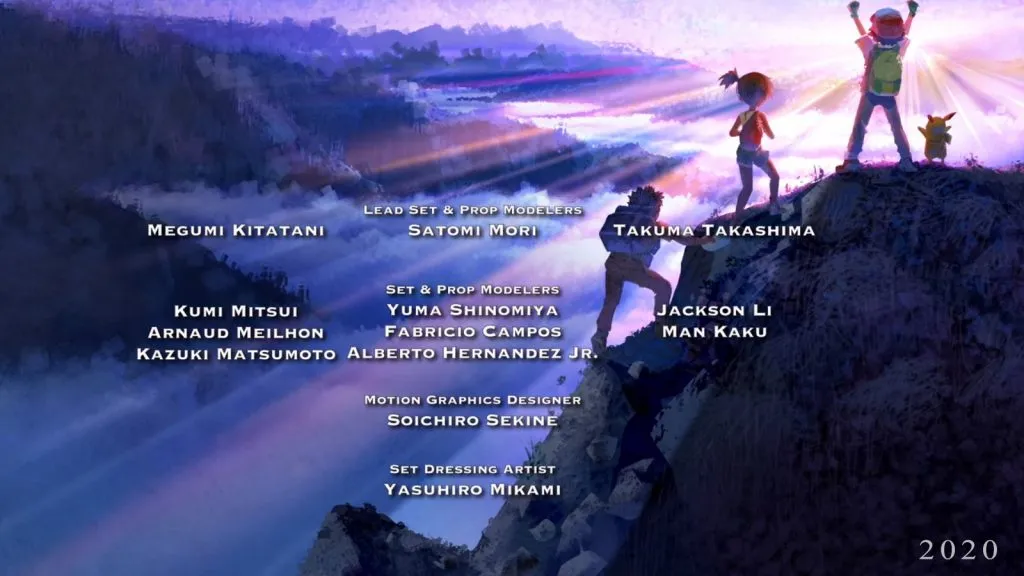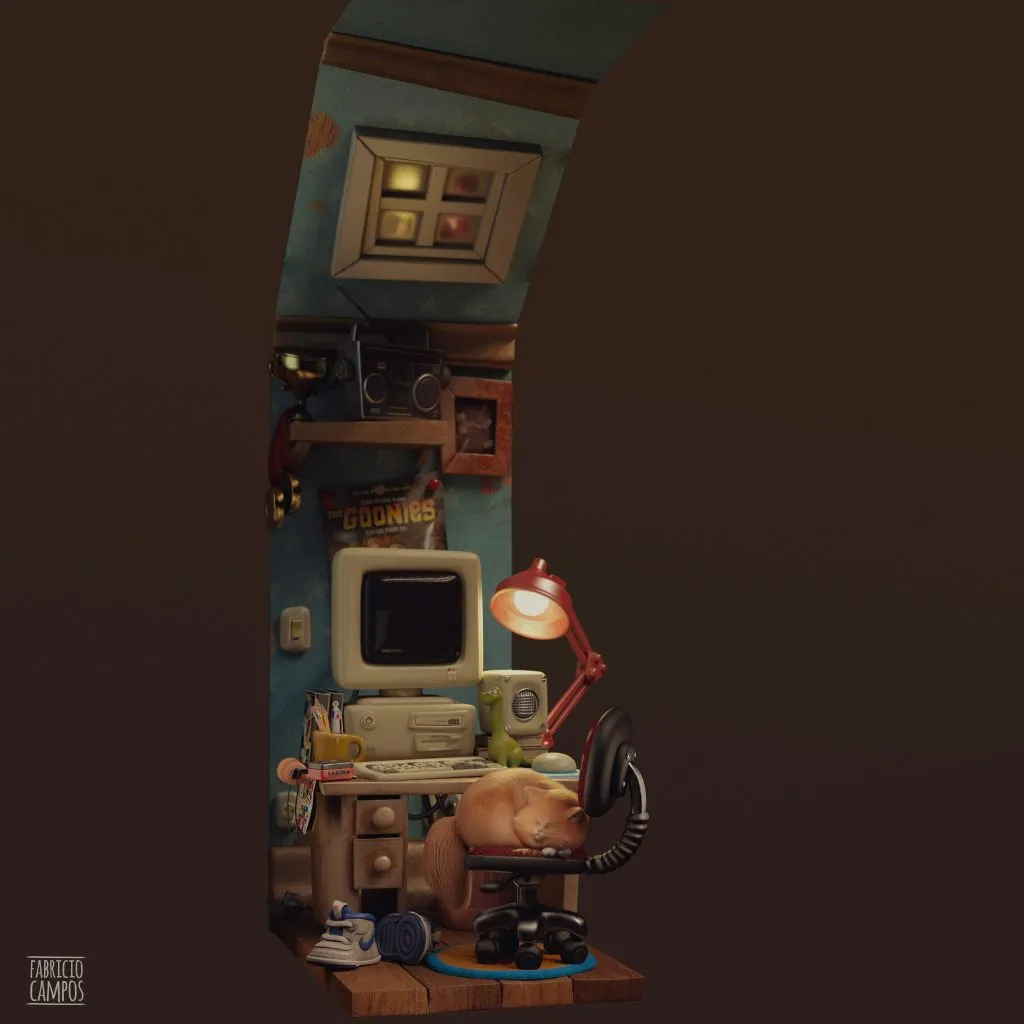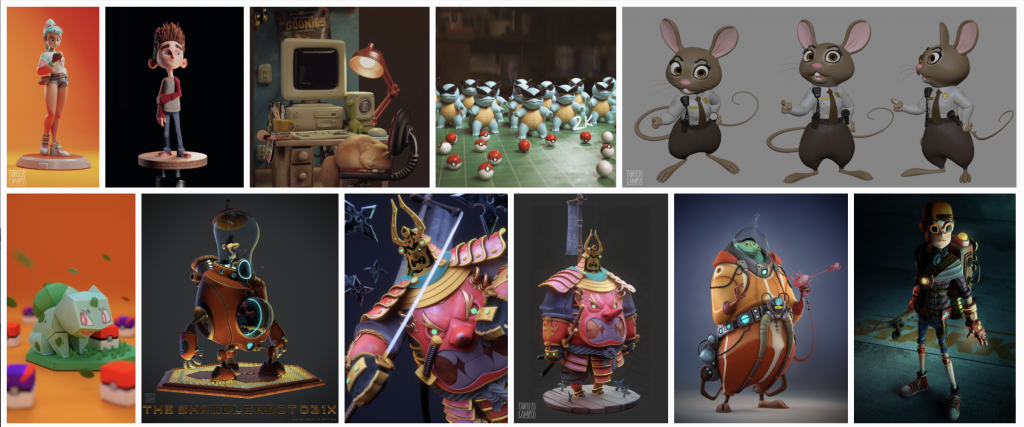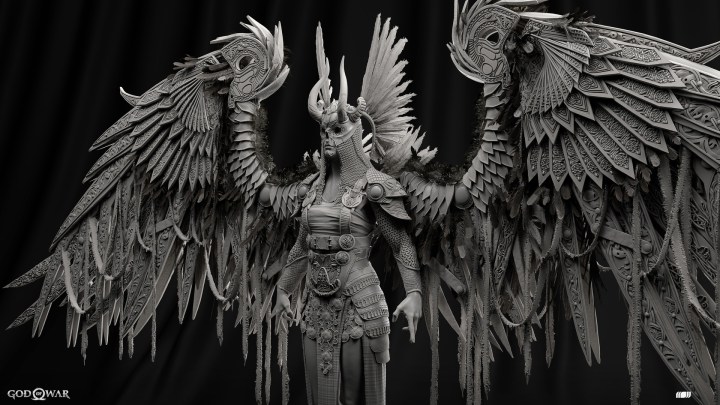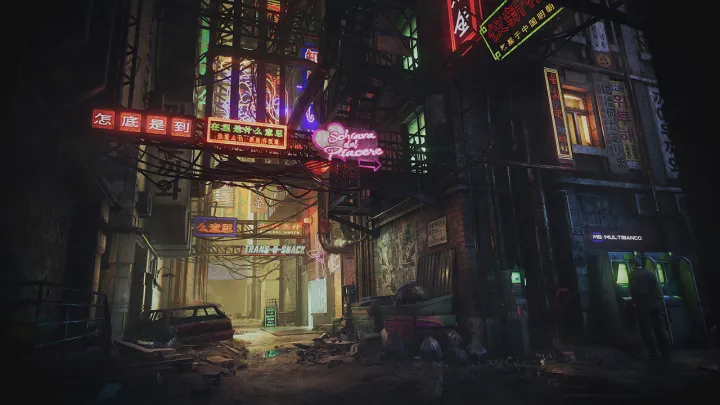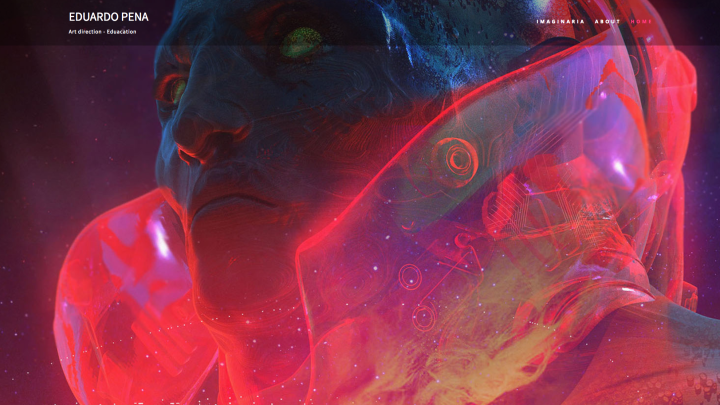Featured Pro Portfolio: Fabricio Campos
Fabricio Campos is a freelance 3D artist for games and animation, currently living in São Paulo. Previously, he spent the last 3 years working in the animation industry in Japan. In his free time, he enjoys personal 3D printing projects where he can create his own toys and statues.
His ArtStation Pro website uses the Vertical theme, which is perfect for showcasing characters.
Check out Fabricio’s ArtStation-powered portfolio >
Fabricio’s favorite Pro feature is the Analytics tool that enables users to track their project engagement over time and see who’s looking at their profile.
“I really like the Pro Analytics tool. It’s a good way to know how your viewers react to your work. That’s how I realized that my personal work was getting more attention than when I was doing a 3D version of another artist’s work (which is also a cool thing to do). But it made me decide to spend more time doing things in that art style.”
In this interview, Fabricio shares how he transitioned from stained glass making to digital 3D, how to build a strong portfolio, and more.
How did you get your first job as an artist?
Back in 2005, I was studying History at university. I enjoyed the courses, although I would have liked to do something more artistic as I always dreamt of drawing comics or doing something related to traditional arts. I decided to drop out of college and started to take drawing classes with Marcelo Ferreira, who is a great comic artist and has been a great mentor to me from the beginning.
One year after those classes, I got my first job at a stained glass company, called VTG. The owners, a Dutch family that fled to Brazil during World War 2, had a long tradition working in this field. The job was basically drawing narratives and saints from the bible, usually for churches, but there was a lot of design work for decoration as well. Although it is quite different from what I’m doing today, it was a job that helped me to build a solid foundation on many principles of art.
An interesting fact is that my first paid job was this Pokémon painting of Ash on the wall. It happened when I was at the very beginning of my drawing classes, hoping to become an artist someday. And 14 years after that, I had the chance to work on a Pokémon franchise film (Mewtwo Strikes Back – Evolution) as part of the Environment & Assets team at OLM in Japan. It was a big achievement for me.
Tell us about one of your favorite pieces in your portfolio.
I really like one of my most recent works, ‘The Old PC’, because it is an original idea of mine. I believe that it brings together many things that have influenced me and it was done in a style that I enjoy a lot. The idea of using simple shapes and making them interesting is something that I want to continue to explore in my next projects. In addition to that, some objects in the scene were part of my childhood. Like the walkman my brother had, the radio, and a bunch of cats we also had at the time, even though it’s a simple scene, it brings back good memories and has a story behind the scene.
What do you think makes a strong portfolio?
This is a hard one and this may not apply to everyone’s situation, but I believe that it depends on the type of job you are looking for. I have experience working for small and big studios. In small studios, you are usually expected to wear many hats during the development process, so if you have a portfolio with a wide variety of art styles and skill sets, that might be a good thing. While in bigger productions, focusing on a specific area may be extremely necessary.
I like having personal projects in my portfolio, showing things that I am good at and that I enjoy creating. From time to time, I like adding those pieces in my portfolio, not focusing only on the commercial aspect of it. It’s easier when you are working on something you love, and I usually end up getting a new good piece for my portfolio.
What kind of projects do you aspire to work on in the future?
I spent the last few years working mostly with animation, sometimes for games studios, and honestly, I like them both. But just to mention something new, I have been doing some tests with 3D printing lately. For now, it’s just a hobby but I would like to try something involving creating my own toys in the future.
Having the chance to put your hands on something that was an idea in your mind feels good. Besides, splitting the 3D model into different parts, creating the keys and making them attach to each other is something strangely relaxing.
See more of Fabricio’s work on his portfolio website. Find out more about ArtStation premium websites here.
